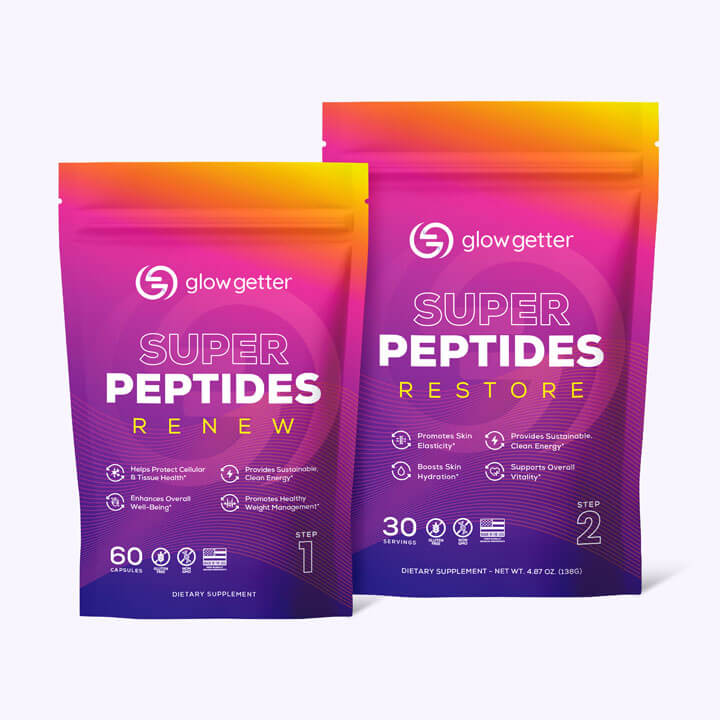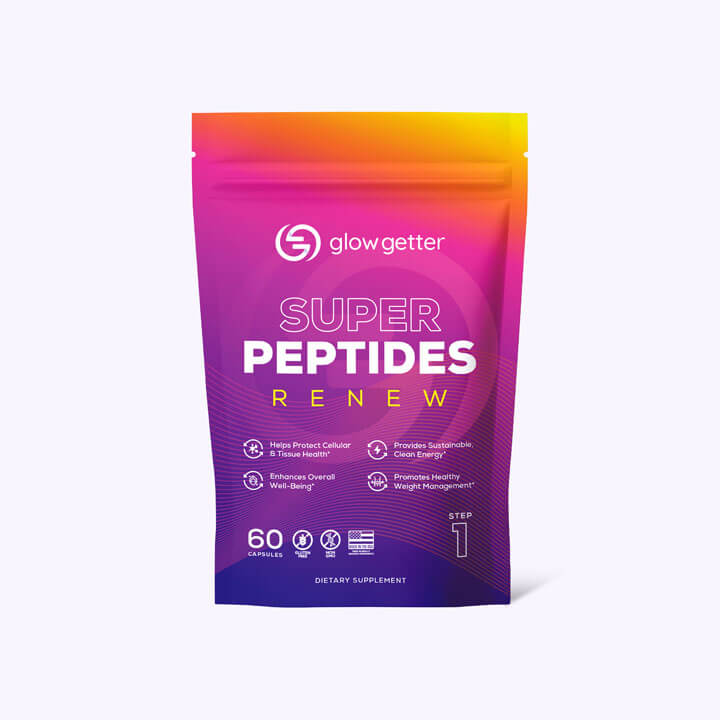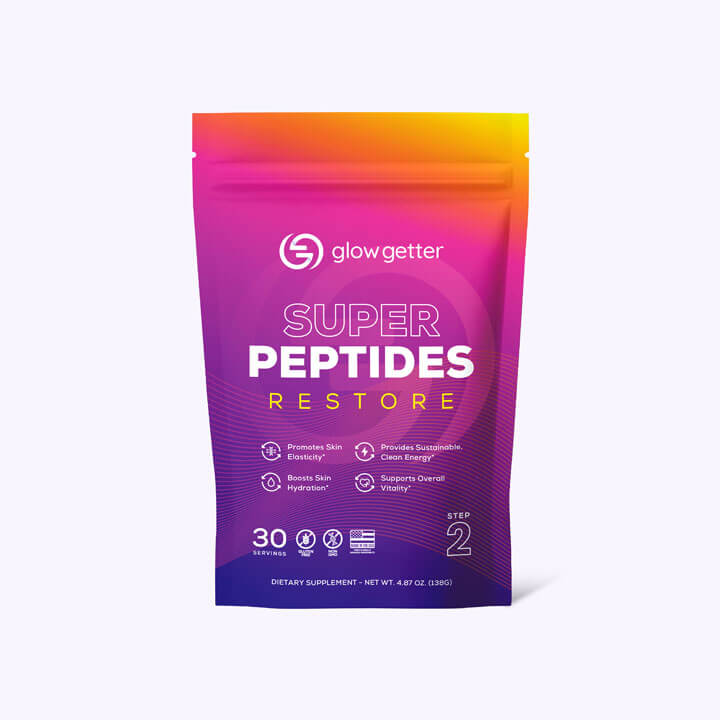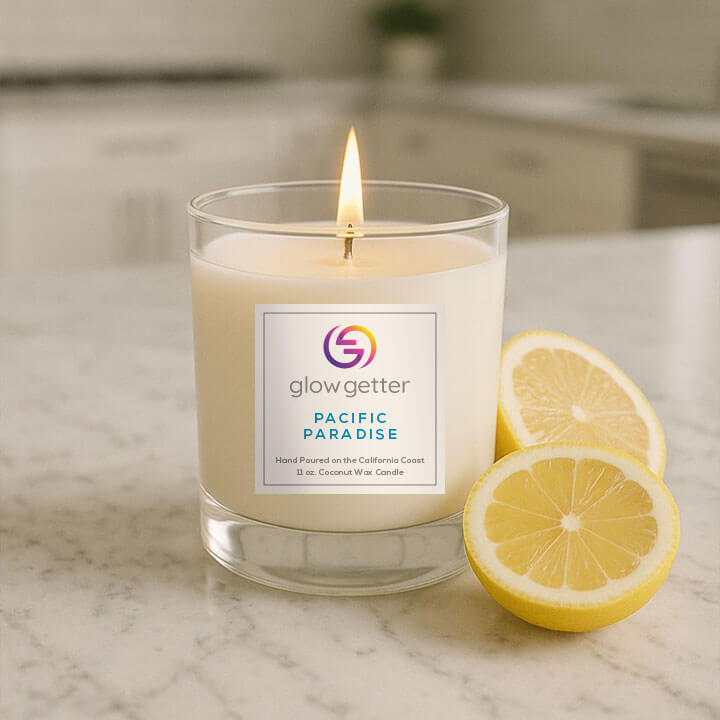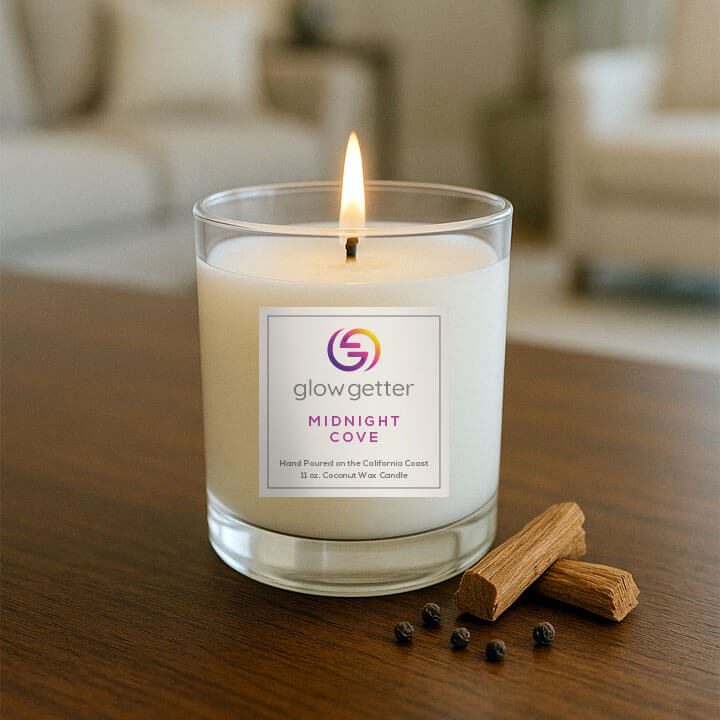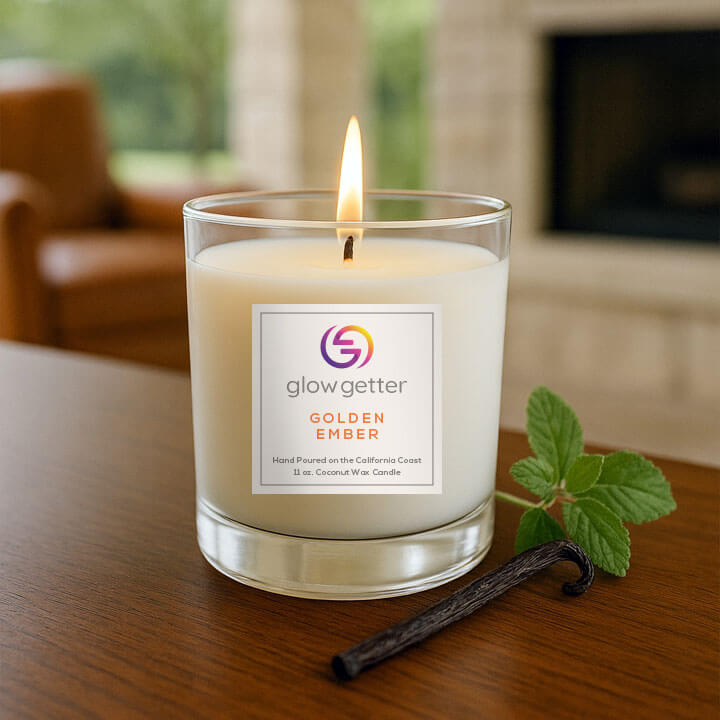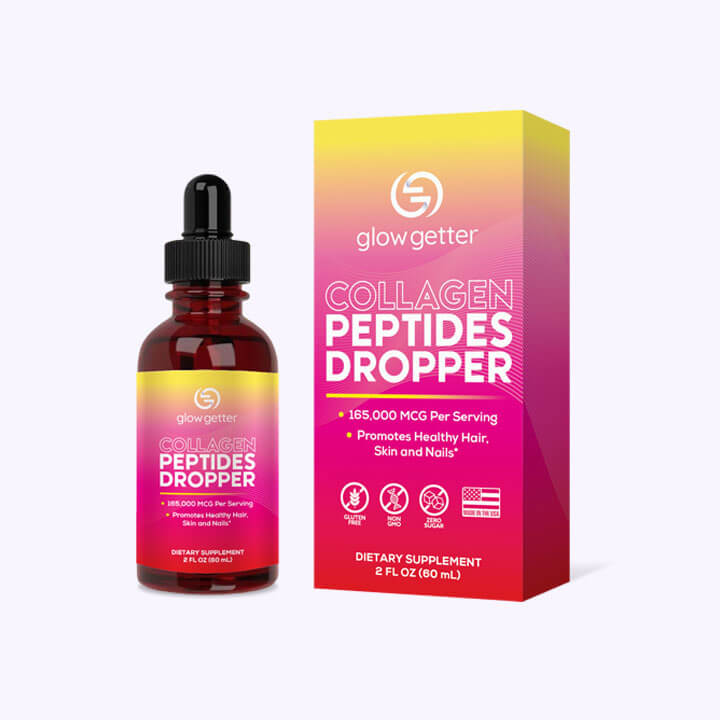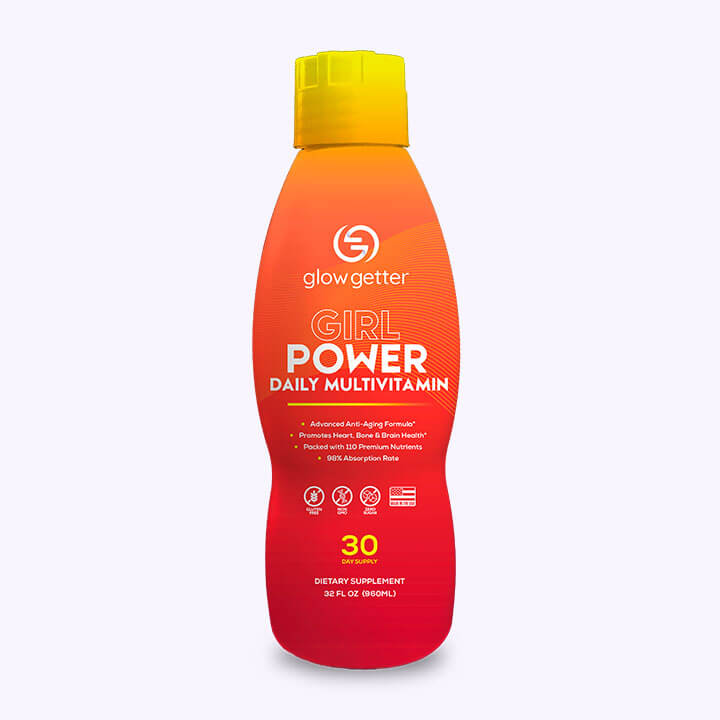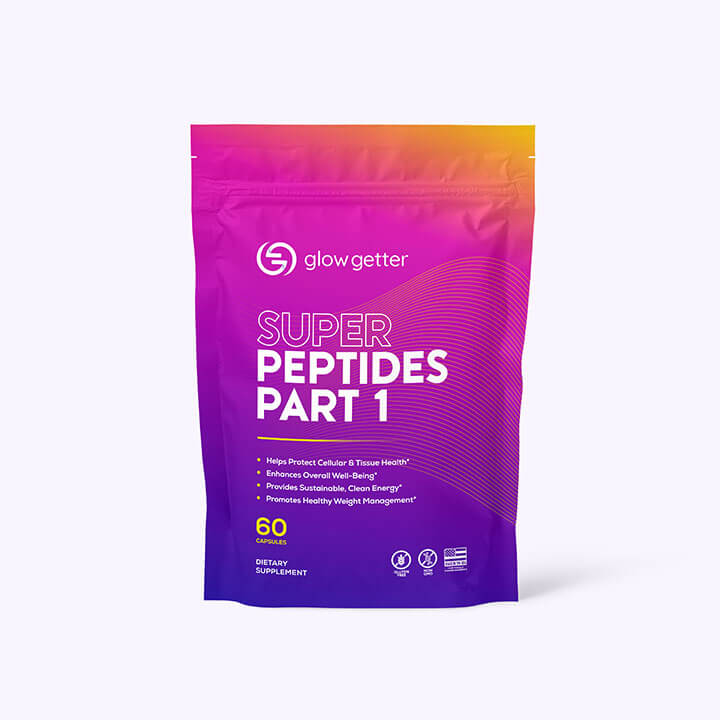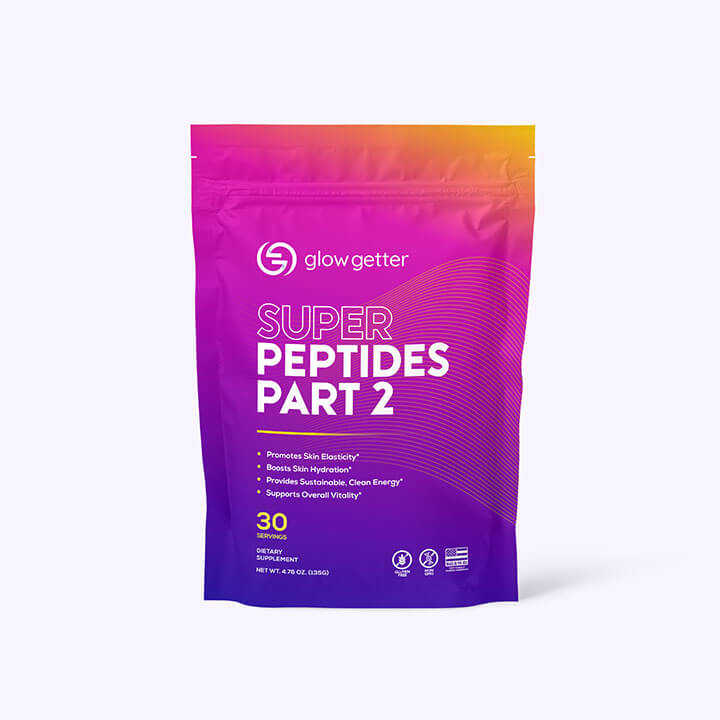That isn't laziness. It's biology. And it may be the missing link between stress and the glow you've been chasing.
We call it the science of cozy, a growing field of research that shows how simple comfort-driven rituals (think candles, warm tea, knit sweaters, and weighted blankets) can trigger powerful changes in your nervous system, hormone levels, immunity, and even skin health.
If wellness has always felt like another thing on your to-do list, cozy might just be the antidote.
Why Cozy Matters Now More Than Ever
The average person today experiences higher baseline stress than someone living 50 years ago. Between constant notifications, longer work hours, and a culture that glamorizes the grind, our nervous systems rarely get a break.
Chronic stress doesn't just feel bad. It's been linked to:
- Increased risk of cardiovascular disease
- Hormonal imbalances
- Digestive dysfunction (IBS, bloating, nutrient malabsorption)
- Sleep disruption
- Premature aging of the skin
Harvard Health has noted that chronic stress contributes to real health problems like high blood pressure, fatigue, and a weakened immune system.
Here's where cozy comes in. Unlike traditional wellness approaches that focus on adding more, like another workout, another supplement, another morning routine, cozy rituals work by subtracting stress load. They flip your body's switch from fight-or-flight (sympathetic dominance) to rest-and-digest (parasympathetic activation).
Even routines that sound silly can have impact. One study had students do a 5-step ritual (draw, sprinkle salt, count, crumple, discard) before a stressful task. Their heart rates and anxiety levels dropped more than students who did nothing. Psychology Today highlights this as evidence that meaning is what helps calm us.
That shift is profound. It's where repair happens.
The Nervous System Reset
Your body runs on two main "modes":
- Fight-or-Flight (Sympathetic Nervous System): Keeps you sharp, fast, and ready to react. Great when you're dodging traffic or meeting a deadline. Not so great if it's switched on 24/7.
- Rest-and-Digest (Parasympathetic Nervous System): Slows your heart rate, boosts digestion, and lets your body heal and repair.
The problem? Most of us are stuck in fight-or-flight far too often. That's where cozy comes in. Think of it as a shortcut back into rest-and-digest mode.
- Warmth (tea, baths, blankets) tells your vagus nerve it's safe, flipping your body into calm.
- Soft textures (knits, fleece, silk) signal comfort, easing the brain's fear center.
- Low lighting (candles, dim lamps) preps your body for sleep by encouraging melatonin release.
- Soothing scents (lavender, vanilla, cedarwood) activate the part of the brain tied to emotion and memory, lowering stress on the spot.
This isn't just about vibes. They're mini biology hacks that teach your nervous system how to relax.
The Hidden Glow Hormone
If cortisol is the hormone of stress, oxytocin is its antidote. Often called the "cuddle hormone," oxytocin is released during hugging, nursing, or intimacy. But here's the cozy twist: research shows you don't need another person to trigger it.
You can boost oxytocin with:
- Holding a warm beverage
- Wrapping yourself in a weighted blanket
- Listening to soft music
- Petting an animal
- Even self-massage or warm baths
Oxytocin lowers inflammation, enhances immunity, and promotes trust and bonding. From a glow perspective, it helps regulate cortisol, which means fewer stress-related breakouts, better hydration, and more balanced oil production in the skin.
The Beauty Connection
Stress hormones like cortisol directly impact your skin barrier, making it more prone to dryness, irritation, and premature aging. These rituals we're talking about act like invisible skincare. They calm cortisol, improve circulation, and even optimize hydration. That "post-sauna glow" or "Sunday blanket nap face" isn't your imagination—it's a biological response to being in parasympathetic mode. Pair your cozy ritual with a nourishing face oil or hydrating mask and you'll notice the difference not just in how you feel, but in how your skin looks the next morning.
The Global Language of Cozy
Cultures worldwide have built entire philosophies around coziness. Let's explore.
- Hygge (Denmark): The Danish art of creating cozy atmospheres through candles, gatherings, and simple pleasures. Denmark consistently ranks among the world's happiest countries. Danes burn more candles per capita than anyone else. Coincidence? Science says no.
- Lagom (Sweden): A lifestyle of "just enough," emphasizing balance, moderation, and contentment with what you have. Cozy in Lagom terms means sustainable, not excessive.
- Ikigai (Japan): While not directly "cozy," this philosophy emphasizes daily rituals that bring joy and meaning, like morning tea ceremonies or evening baths. Both trigger parasympathetic calm.
- Gezelligheid (Netherlands): A Dutch word capturing the warmth of togetherness, comfort, and belonging, which is often experienced in candlelit cafés or home dinners.
Across cultures, this is all tied to happiness and longevity.
Practical Cozy Rituals (And Why They Work)
Here's where we get tactical. Try one or two of these rituals consistently and watch what shifts:
Candlelight Reset
Science: Dim lighting cues melatonin release, prepping your circadian rhythm for deeper sleep.
How: Light a candle while you journal, stretch, or sip tea. Aim for 15 minutes of candlelight before screens at night.
Weighted Blanket Wind-Down
Science: Deep pressure stimulation reduces cortisol and increases serotonin + oxytocin.
How: Choose one that's ~10% of your body weight. Use it during reading or pre-bed rituals.
Tea Therapy
Science: Warmth activates vagal pathways; herbs like chamomile or lavender enhance relaxation.
How: Make tea prep its own ritual. Boiling water, steeping, holding the mug. Slowness is part of the medicine.
Scent Anchoring
Science: Smell is directly wired to the limbic system (emotion + memory). Certain scents lower heart rate and stress perception.
How: Choose one scent (lavender, sandalwood, vanilla) and reserve it only for cozy time, so your brain associates it with calm.
Textile Touch Points
Science: Touch calms the amygdala, reducing perceived threat.
How: Keep a soft throw, fuzzy socks, or a silk pillowcase as cues for comfort.
Cozy as Preventive Medicine
We often wait until burnout, anxiety, or illness forces us to slow down. Cozy practices are the opposite: they're proactive, preventative, and protective. Just as you might lift weights to keep your muscles strong, you can build cozy rituals into your daily life to keep your nervous system strong. The result? More energy to handle stress when it does come, without tipping into overwhelm.
Creating Your Own Cozy Ritual Blueprint
- Audit Your Evenings. Where are you overstimulated (screens, noise, harsh light)?
- Choose Two Senses. Light + touch, sound + scent, or taste + warmth.
- Anchor It. Always do your cozy ritual in the same place/time for faster brain association.
- Keep It Simple. Cozy isn't about performance, it's about repeatability.
A Revolutionary Act
Cozy is often dismissed as frivolous, feminine, or indulgent. But reframing it through science reveals something radical: rest is resistance.
Every time you choose cozy, you're:
- Lowering disease risk
- Boosting immune resilience
- Regulating hormones
- Supporting beauty from the inside out
- Modeling to others that slowing down is valid and vital
Cozy is one of the strongest wellness strategies you have.
Cozy Is Your Glow Shortcut
When you reach for the blanket, light the candle, or sip the tea, you're not just chasing comfort. You're hacking your biology, soothing your nervous system, and laying the foundation for energy, radiance, and resilience.
So go ahead and romanticize your couch time. Science is on your side.

